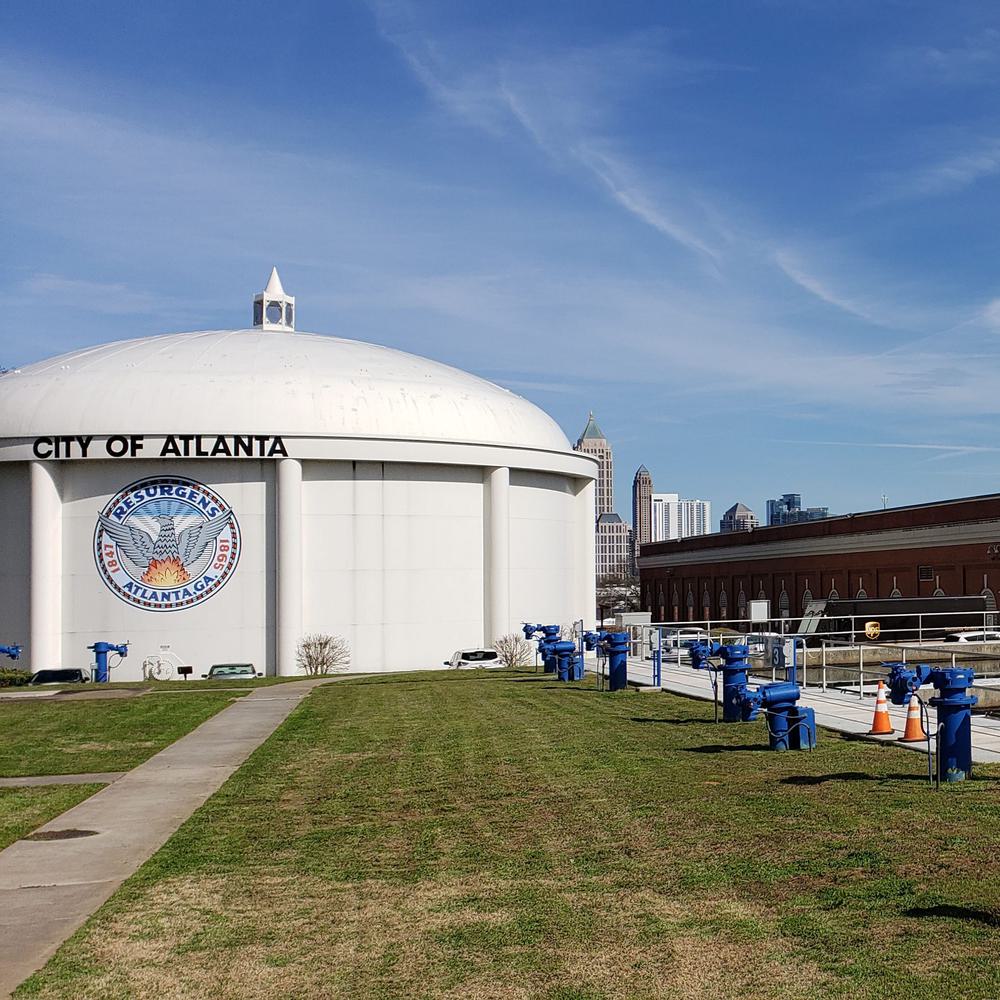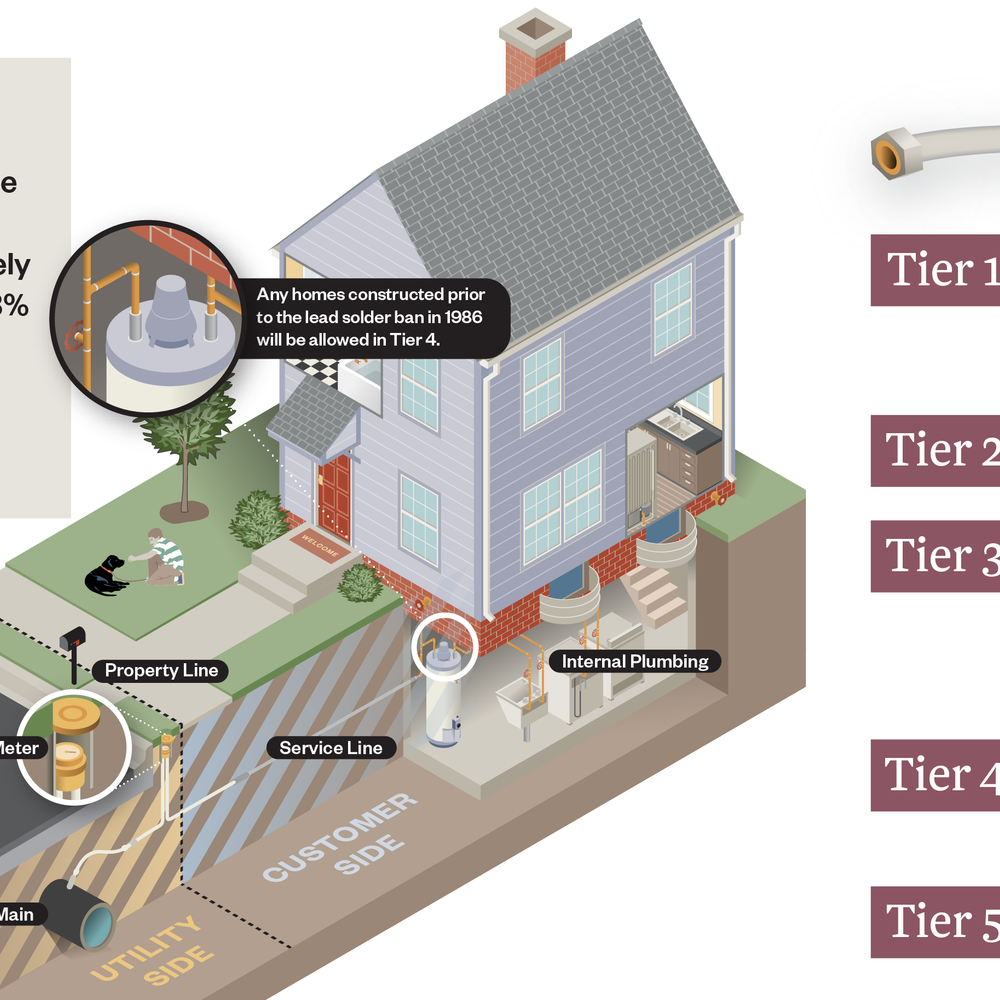Lead and Copper Compliance

Becki Rosenfeldt, corrosion control expert, assists utilities with Lead and Copper Rule (LCR) compliance, corrosion control treatment optimization, and locating and replacing lead services lines.
For decades, lead water pipes were installed across the U.S. because of their durability and ease of installation. However, advanced medical and scientific research has determined that lead exposure in drinking water from lead service lines and household plumbing poses significant public health risks, particularly to children and pregnant women, including neurological, pulmonary, and cardiovascular damage.
Copper can also present health risks at elevated levels and often signals underlying corrosion issues within the distribution system. Since both metals typically enter drinking water through the corrosion of plumbing materials, effective corrosion control remains a critical aspect of water system management.
In response to these challenges, Hazen is committed to developing comprehensive strategies for regulatory compliance and public health protection through our holistic, results-driven services.
Hazen experts can help with various aspects of lead and copper compliance, including those highlighted below.
Schools and Childcare Facilities
Watch LCR Technical Advisor and Associate Vice President Becki Rosenfeldt discuss specialized sampling and compliance procedures for educational facilities, ensuring the safety of our most vulnerable populations.
Data Management and GIS Tools
Senior Associate and Corporate GIS Lead Ryan O'Banion on how commercial off-the-shelf (COTS) web-based solutions can facilitate rapid establishment of compliance programs while maintaining utility ownership of data and applications.
Outreach and Stakeholder Engagement
Communications Manager Anissa Rafeh talks about the development of targeted communications strategies tailored for each utility to ensure LCRI compliance, covering required notifications and public education materials as well as recommended outreach.
Dive deeper into our lead and copper corrosion capabilities













